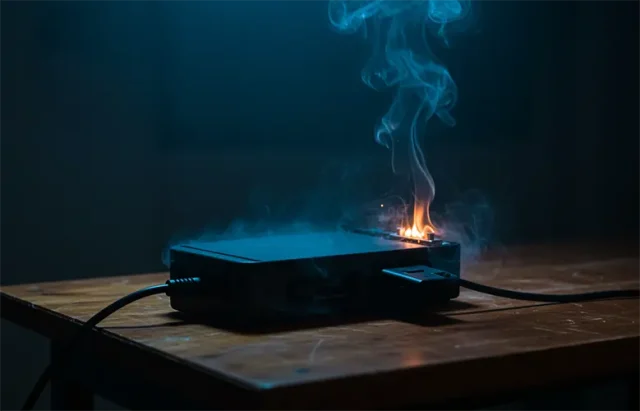
Lithium-ion batteries power nearly everything we carry: phones, laptops, tablets, cameras, and portable chargers. But while traveling, especially by air, those powerful little cells can be a serious safety hazard if not handled properly.
Why Lithium-Ion Batteries Might Catch Fire
Lithium-ion batteries are compact packs of energy storage. That compactness is also why they are convenient—and dangerous. If they’re punctured, overcharged, short-circuited, or exposed to excessive heat, they’ll enter so-called thermal runaway—a cycle reaction that superheats the battery, expels gas, and can burst into flames.
While battery fires are rare, they’re severe enough that airlines and regulators care.
The Golden Rule: Carry Them in Your Carry-On
Never place lithium-ion batteries in your checked luggage. Always pack them in your carry-on bag.
Why? Nobody is there to notice smoke or flames in the belly of the plane. In the cabin, passengers and flight attendants are there to notice and respond quickly if anything happens.
Don’t bury your power banks in the bottom of a packed bag. Keep them accessible—easily available, not buried under the garment or gear. If a device is getting too hot, you can take care of it immediately or pass it to the crew members.
Extra Tips for Safe Battery Travel
Check airline policies. Most airlines restrict spare lithium-ion batteries to 100 watt-hours each (or as high as 160 Wh with permission).
Pack original cases or protect terminals. Avoid short circuits by keeping battery terminals shielded.
Avoid swelling or damage. A bulging battery is a warning signal. Don’t take it on board.
Avoid mid-flight charging. Charging stresses batteries. Avoid it unless absolutely necessary.
Bottom Line
It’s safe to fly with lithium-ion batteries—if you’re mindful. Keep them in sight, place them in your carry-on bag, and handle them carefully. Extra extra care will prevent you from ending up with a hazardous circumstance at 35,000 feet.
TSA Guidelines (United States)
According to the TSA: TSA
- Batteries ≤100 Wh: Spare lithium-ion batteries with a watt-hour (Wh) rating of 100 or less are allowed in carry-on baggage only.
- Batteries between 101–160 Wh: Passengers may carry up to two spare lithium-ion batteries with a rating between 101–160 Wh in their carry-on baggage, but only with airline approval.
These regulations aim to mitigate the risk of thermal runaway—a dangerous chain reaction that can cause batteries to overheat and potentially catch fire.
CATSA Guidelines (Canada)
Similarly, CATSA states: CATSA
- Batteries between 100–160 Wh: Travelers are permitted to carry up to two spare lithium-ion batteries within this range in their carry-on baggage, provided they have airline approval.





